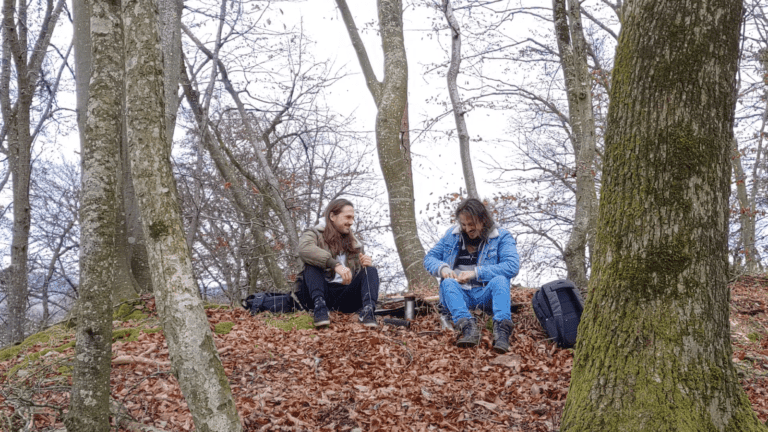Learning to appreciate imperfection with Kintsugi
TL;DR
Kintsugi (金継ぎ): The art of repairing broken pottery with lacquer mixed with gold, silver or platinum. It symbolizes the beauty of imperfection and the value of accepting mistakes and adversity as part of one's own history.
In the delicate lines of golden repair that trace the cracks of a once-broken vase lies a profound story of resilience, transformation and beauty that comes from imperfection. This is the essence of Kintsugi, an ancient Japanese art that not only repairs the broken, but also turns the repaired into something more valuable, more unique than it was in its pristine state. Far from hiding the scars, Kintsugi embellishes them and creates a metaphor for life that teaches us to accept our mistakes and the adversities we have overcome.
The origins of Kintsugi are said to date back to the 15th century, when a Japanese shogun sent a damaged Chinese tea bowl back to China for repair. On its return, the bowl was fixed with unsightly metal staples, prompting Japanese craftsmen to look for a more aesthetically pleasing repair method. This gave rise to kintsugi, in which broken pottery is transformed into works of art with gold, silver or platinum veins that highlight rather than conceal the repairs.
This art form is deeply rooted in the philosophies of wabi-sabi, which values the beauty of imperfection, and mushin, a concept of unboundedness and acceptance of change. Kintsugi goes beyond the physical repair of pottery and offers a philosophical guide to life: It encourages us to acknowledge our history, with all its trials and tribulations, and to see our scars as signs of our personal journey and growth.
Similar philosophies can be found in the concept of 'antifragility', a term coined by Nassim Nicholas Taleb to describe systems that thrive on disorder. Like Kintsugi, antifragility suggests that we become stronger and more beautiful when we face and break challenges. It is not about resilience, which is only about restoring the original state, but about using our fractures, our failures and our imperfections to move us into a state of greater robustness and beauty.
Integrating the principles of Kintsugi into our lives means that we learn to appreciate our imperfections and see the beauty in the unique story they tell. It means recognizing that our breaks and repairs are not just a part of our story, but an integral part of our identity that makes us uniquely who we are. In a society where perfection is often idolized, Kintsugi offers a powerful counter-narrative: it teaches us that there is strength in vulnerability, beauty in imperfection, and value in embracing our flawed humanity.
As we move through the complexities of life, Kintsugi gently reminds us that our challenges and setbacks are not just obstacles to overcome, but opportunities for transformation. When we apply the gold of our own resilience and wisdom to the cracks of our experiences, we can transform the story of our lives into a masterpiece of beauty marked by the golden lines of our triumphs over adversity.
Another concept we can use to reflect on the imperfect and simple is Japanese wabi-sabi. You can find a corresponding article here.







